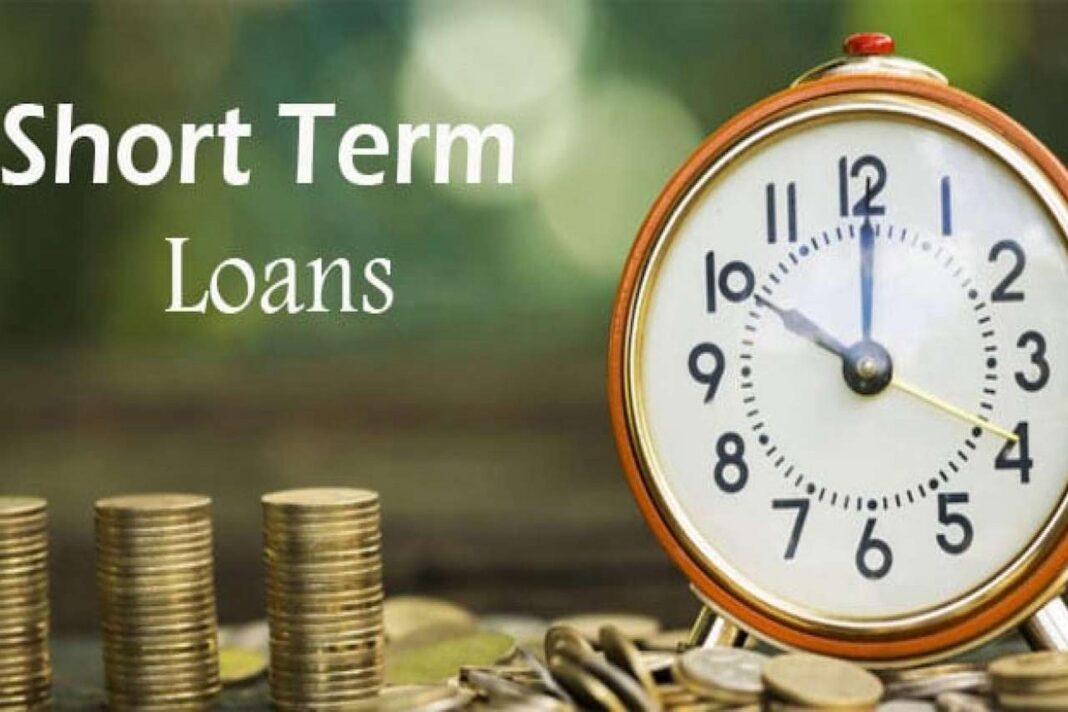In a world where financial emergencies are as unpredictable as they are inevitable, short-term loans have become a popular solution for those seeking quick fixes to urgent monetary needs. Even though these loans provide instant relief, there is often a price to pay that surpasses the borrowed amount. This blog post seeks to delve into the complexities of short-term loans, examining both their advantages and drawbacks, as well as considering the enduring implications for borrowers.
The primary allure of short-term loans lies in their accessibility and speed. Whether unexpected medical expenses, car repairs, or overdue bills, these loans promise swift financial assistance without a lengthy approval process. With minimal documentation and quick online applications, borrowers can receive funds within hours, providing a lifeline in times of urgency.
Speed vs. Cost
In short-term loans, a crucial dynamic involves the delicate balance between speed and cost. The swifter the disbursement of funds, the more likely borrowers are to encounter elevated interest rates and fees. This creates a Catch-22 scenario where individuals urgently in need of cash find themselves facing excessive charges for the sake of convenience. It becomes imperative for borrowers to carefully assess the urgency of their situation and weigh it against the enduring financial consequences associated with high interest rates.
The Predatory Nature
Criticism frequently surrounds the predatory characteristics of short term loan, particularly those extended by payday lenders. Typically, these loans target individuals with low income or unfavourable credit scores, rendering them susceptible to exploitative lending practices. The absence of rigorous regulations in certain areas amplifies these risks, exposing borrowers to cycles of debt as they grapple with repaying loans burdened by steep interest rates.
The Debt Spiral
Despite providing quick relief, short-term loans can potentially lead borrowers into a difficult-to-break cycle of debt. The conjunction of high-interest rates and short repayment periods forms a pattern wherein borrowers frequently turn to additional short term loan to manage their existing debts. Extricating oneself from this cycle demands meticulous financial planning, effective budgeting, and, in certain instances, exploring alternative sources of assistance, such as seeking financial counselling.
Impact on Credit Scores
Some borrowers may be unaware that opting for a seemingly swift resolution through a short-term loan can leave a lasting imprint on their credit scores. Even if certain lenders don’t conduct a thorough credit examination during the application phase, not meeting repayment deadlines can lead to adverse entries on credit reports. This impaired credit score can curtail future borrowing possibilities, impacting one’s capacity to obtain mortgages, car loans, or employment in specific industries.
Conclusion
In the world of short-term loans, the allure of quick fixes must be tempered with a deep understanding of the accompanying risks and consequences. While these loans can be a lifeline in emergencies, their impact on long-term financial health cannot be underestimated. Borrowers must navigate the delicate balance between immediate needs and sustainable financial practices, considering alternatives and seeking professional advice when necessary.















